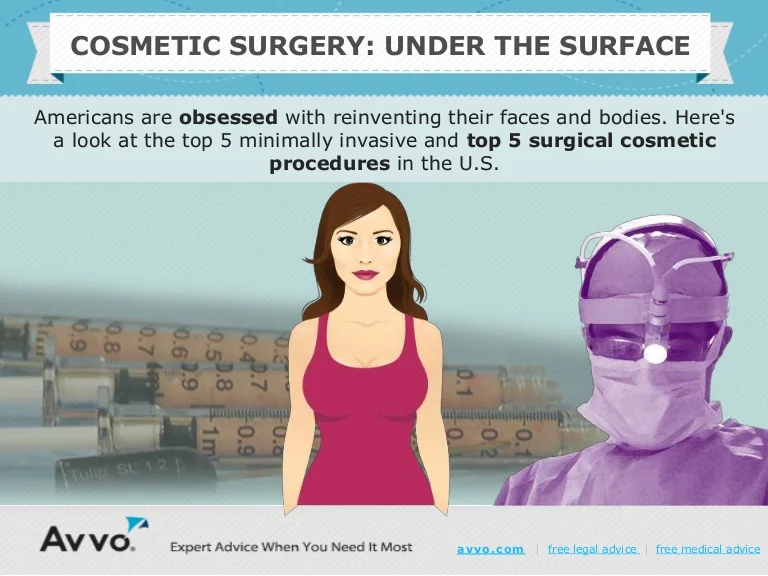The Role Of Collagen Loss In Acne
The Role Of Collagen Loss In Acne
Blog Article
Acne Scars and Post-Acne Care
Acne scars and dark marks can continue to be also after the blemish itself has actually removed. However there are many all-natural, over the counter and medical therapies that can minimize their look.
Ice choice marks are little impressions that appear like pinpricks; rolling marks have a wave-like look and superficial deepness; boxcar marks have clear sides; hypertrophic scars are increased bumps. Treatments include skin needling, where your physician rolls a needle-studded gadget over the skin; and surgical excision, when a health care specialist remove deep marks.
1. Scrub
Acne scars fade best when they aren't covered with dead skin cells. Exfoliation eliminates the accumulation and permits fresh skin cells ahead to the surface. It also makes acne marks much less recognizable.
A skin doctor can advise exfoliation methods for your specific skin type. Dry skin might gain from exfoliation with scrubs or various other mechanical approaches, while oily skin might require a chemical peel. Those with darker complexion need to be cautious utilizing stronger chemical treatments, as they can trigger dark areas and sensitivity.
If you have acne scars, avoid choosing or squeezing at them, which can make them worse. Inflammation caused by irritation increases the opportunity of scarring. Selecting can leave ice-pick marks, which are narrow indentations with a point at the end. You can also obtain boxcar marks, which are imprints with larger edges. You can also establish hypertrophic or keloid scars. These are raised bumps of mark cells that can be itchy and uncomfortable.
2. Moisturize
After completing your acne therapy, maintaining skin clear and healthy requires a regular skin care regimen that secures from breakouts and reduces post-acne marks. This includes a mild cleanser and cream, non-comedogenic products that don't obstruct pores, and staying clear of foods that irritate skin or trigger acne flare-ups.
Using a light-weight, non-comedogenic cream with components like hyaluronic acid and glycerin can help moisten skin while additionally enhancing skin texture and promoting recovery. Try to find a product that is formulated without scent or parabens.
An item that targets remaining acne marks with components such as skin-brightening tranexamic acid and bakuchiol can improve dark places or unequal tone caused by swelling. It carefully resurfaces the complexion while smoothing harsh and textured areas. An item that integrates a retinoid and a plant-based retinol alternative can additionally enhance the appearance of much deeper scars while at the same time targeting existing imperfections and protecting against future breakouts.
3. Cover Up
As soon as your acne scars heal, you can conceal them with makeup and a concealer. Just make certain you're only using the product over marks that are completely healed (not fresh ones), claims Sotomayor. Then, complete your look with a bold lip shade or statement great smoky eyeshadow for optimal influence.
When it concerns choosing a structure or tinted cream, it is very important to pick one that is noncomedogenic and oil-free. This will certainly help maintain your skin clear and stop the clogging of pores that can bring about brand-new breakouts.
The exact same goes for picking a concealer. Try to find a formula that offers complete coverage yet still feels light-weight and blendable on the skin. Likewise, when covering up imprints from acne scars, it's a great concept to discover a shade that matches your natural complexion (rather than a color lighter or darker). This will assist conceal the indents better. This nourishing balm is an exceptional option for brightening and lightening post-inflammatory hyperpigmentation, which can be caused by acne or other inflammatory skin disease. It includes moistening panthenol, softening shea butter and enhancing peptides that lower inflammation and flaky texture.
4. See Your Skin specialist
The marks that develop from extreme acne frequently call for treatment by a physician or dermatologist. Before that can take place, though, an individual must have their acne controlled. This consists of not picking or pressing acne places, and utilizing mild cleansers and water-based non-comedogenic products that won't block pores.
If drugstore cleansers and spot therapies aren't clearing your skin, routine a consultation with a dermatologist. The skin specialist can advise other therapies that aid clear your skin without drying it out or annoying it.
A skin doctor can also deal with various other kinds of post-acne marks, consisting of dark places that are a type of hyperpigmentation called PIH (post-inflammatory hyperpigmentation). A topical retinoid like adapalene can visibly lighten these marks and discolor them quickly. For other kinds of marks, the doctor can suggest a much more extensive treatment. This might consist of microdermabrasion or chemical peels off that are medical spa done right in the office. Depending upon the intensity of your marks, these treatments may require to be duplicated.